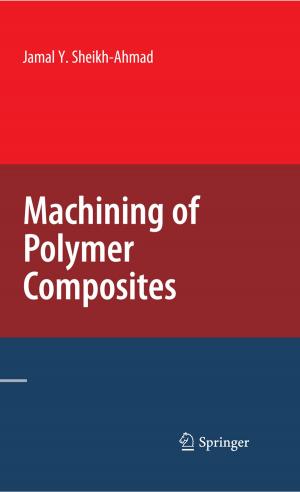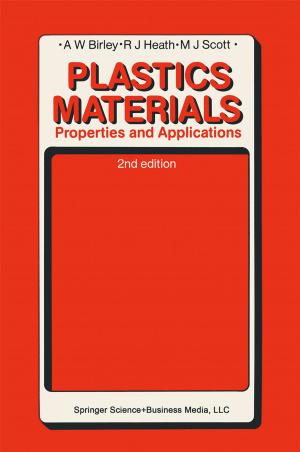Polyphenylene Oxide and Modified Polyphenylene Oxide Membranes
Gas, Vapor and Liquid Separation
Nonfiction, Science & Nature, Science, Chemistry, Physical & Theoretical, Technical & Industrial, Technology| Author: | ISBN: | 9781461514831 | |
| Publisher: | Springer US | Publication: | November 27, 2013 |
| Imprint: | Springer | Language: | English |
| Author: | |
| ISBN: | 9781461514831 |
| Publisher: | Springer US |
| Publication: | November 27, 2013 |
| Imprint: | Springer |
| Language: | English |
Fluid-membrane material interfaces, morphologies of membrane surface and the sub-layer underneath the membrane surface, and fluid transport through the membrane governed by the above interface and morphology parameters, and driving forces involved in process operatio- all these three aspects together constitute the fundamental physico-chemical and engineering basis for the practical success of Membrane Separation Technology (MST) in all its applications. Quantitative data on the above interface and morphology parameters and applicable transport equations involving the above parameters, are needed for membrane design, specification of membranes, modules and systems, and prediction of their performance for any given separation application. Even though more than 40 years have elapsed since the emergence of the field of MST, there are very few books which deal with all the above three aspects of the subject in an integrated manner. This simply shows that the field of MST is still in its early stages of development and only a small fraction of its vast potential has been practically realized to-date. Still, what has already accomplished is extraordinary both in its scope, and in its impact, on scientific research and service to society at large.
Fluid-membrane material interfaces, morphologies of membrane surface and the sub-layer underneath the membrane surface, and fluid transport through the membrane governed by the above interface and morphology parameters, and driving forces involved in process operatio- all these three aspects together constitute the fundamental physico-chemical and engineering basis for the practical success of Membrane Separation Technology (MST) in all its applications. Quantitative data on the above interface and morphology parameters and applicable transport equations involving the above parameters, are needed for membrane design, specification of membranes, modules and systems, and prediction of their performance for any given separation application. Even though more than 40 years have elapsed since the emergence of the field of MST, there are very few books which deal with all the above three aspects of the subject in an integrated manner. This simply shows that the field of MST is still in its early stages of development and only a small fraction of its vast potential has been practically realized to-date. Still, what has already accomplished is extraordinary both in its scope, and in its impact, on scientific research and service to society at large.















